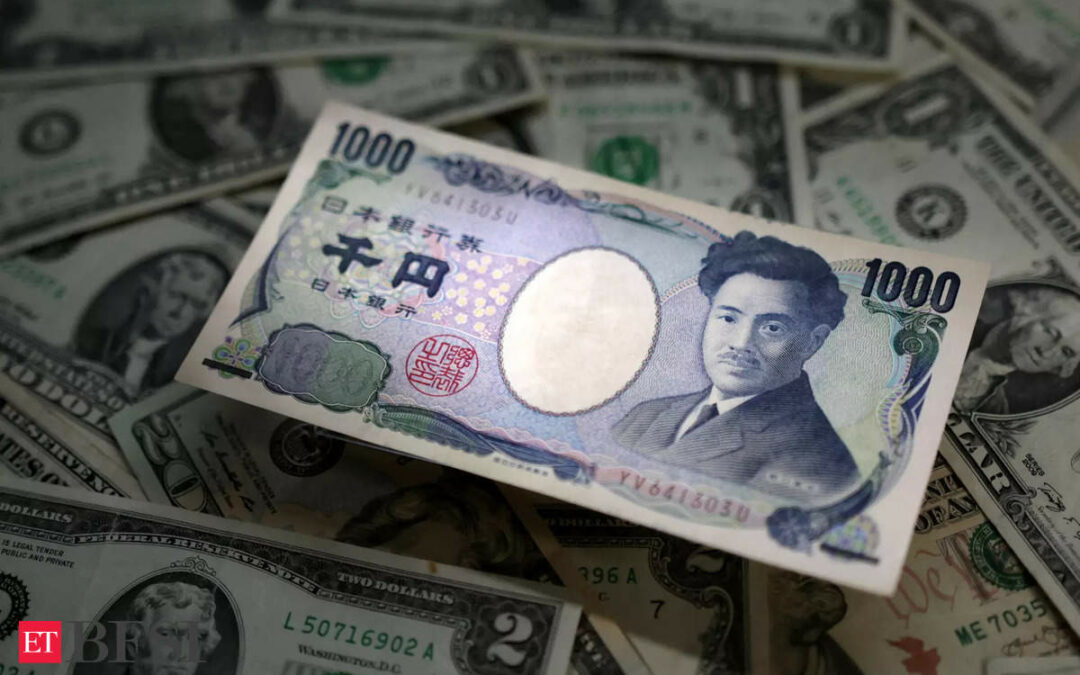The so-called Yen carry trade has been in focus in the past few trading sessions in the wake of the selloff in shares of US technology giants. A look at what is Yen carry trade and what it means for the financial markets worldwide:
What is a Carry Trade?
A carry trade is a hugely popular trading strategy where an investor borrows from a country with low interest rates and a weaker currency and reinvests the money in assets of another country with a higher rate of return. It has been one of the biggest sources of flows in the global currency market.
What is yen carry trade?
Though carry trades have been done with several currencies, the Japanese yen is considered one of the most widely used currencies for this purpose. In yen carry trade, investors, including retail Japanese investors borrow at a low interest rate at home and purchase assets in another country with higher returns, such as overseas equities and bonds. US equities have been a favourite in recent times with the dollar strengthening. The yen has been popular for carry trades because Japan has maintained a zero-interest rate policy for over two decades, barring short periods in 2006-2008, to combat persistent deflation.
Why is yen carry trade in focus now?
Last week, yen rose over 3% against the dollar after the Bank of Japan (BoJ) raised interest rates to 0.25% and announced it would reduce bond purchases. Expectations of interest rate cuts by the US Fed also contributed to the dollar’s weakness. Though rates in Japan are still low, BoJ’s moves are seen as signals that it is moving towards normalisation of monetary policy. Sharp moves in the yen do not happen often, which is why it has been a preferred currency for carry trades. The yen must remain weaker if these carry trades have to be profitable. So, when the yen strengthened against the dollar, investors rushed to square off or unwind their bets on yen as part of the carry trade to avoid losses.
What is the quantum of yen carry trades?
It is impossible to know that number but Dutch bank ING said cross-border yen borrowing, according to data from the Bank for International Settlements (BIS), has increased by $742 billion since the end of 2021. While it is not known how much of it is for short-term speculation in overseas assets, ING said these unhedged cross-border yen loans could represent a “substantial layer” of the carry trade.
What will be the impact of the yen carry trade unwinding on markets?
The repercussions of the unwinding of the yen carry trade were felt on markets worldwide. Market watchers said the severe selloff in shares of US-based mega technology giants late last week could also be on account of the reversal of the yen carry trades. The selloff in the US spilled over to Asian equities too, including India. Here on, a lot will depend on how much the yen strengthens against the dollar.
How will this impact Indian equities?
It is not clear how much money has flown into India as part of yen carry trades. Brokers said it would be safe to assume some carry trades would have happened involving Indian equities, which have been among the top-performing markets worldwide in recent years. According to NSDL data, the assets under custody of Japanese foreign portfolio investors (FPIs) in domestic equities till June 30 was ₹2.05 lakh crore. The highest was by US FPIs at ₹30 lakh crore. A stronger yen could also be a cause of worry for some Indian companies, which have borrowed in yen but have not hedged against a sharp up-move in the currency.










